Buy the photo Oryx, gemsbok by antonvanbeek.nl on canvas, ArtFrame, poster and wallpaper, printed on demand in high quality.
About "Oryx, gemsbok"
by antonvanbeek.nl
About the artwork
Oryxes can be recognised by their long, thin straight horns, relatively short mane, hump on the shoulder and large hooves. The thin fur is white in colour with black, grey and/or brown markings. Both sexes wear horns. They have a shoulder height of 81 to 120 centimetres and a body weight of 65 to 200 kilograms. The horns grow 38 to 127 centimetres long. The genus name Oryx is probably derived from Herodotus, who describes an antelope from Libya named "Orys". This name seems to derive from the verb "oryssoo "or "oryttoo" meaning to dig. The Arabian Oryx digs pits in the sand to rest cooler. Herodotus' Libyan "Orys" was possibly the Algazel, but the Addax from the same area could also qualify.
Sightings of oryx probably lie at the origin of the unicorn. The translators of the Septuagint chose for the Hebrew word "Reem" the Greek translation "Monokeroos" or Unicorn, possibly because in Psalm 22:21 the word "karen = horn" is used in singular, in relation to "Remim" in plural. In Israel, "Reem" is the common name for the genus Oryx, "Reem laban" is the Arabian Oryx or White Oryx, "Reem Sahara" is the Algazel. In Arabic, a name for the White Oryx is "Rim" or "Ri'im", the Arabic Bible translation is the only one that correctly corrected the medieval translation of "Reem", all other translators chose Unicorns, Rhinos or bovine species.

About antonvanbeek.nl
Passionate photographer who can regularly be found in Dutch nature. In addition, I also work for companies and private individuals, for example funeral photography reports where I deal with every situation with respect. Do you have special wishes? Please feel free to contact me and we will discuss.. Read more…
 Netherlands
Netherlands Ordered in February 2019
Ordered in February 2019
 Germany
Germany Ordered in April 2025
Ordered in April 2025
 Netherlands
Netherlands Ordered in May 2024
Ordered in May 2024
 Netherlands
Netherlands Ordered in November 2023
Ordered in November 2023
 Germany
Germany Ordered in September 2021
Ordered in September 2021
 Germany
Germany Ordered in November 2020
Ordered in November 2020
 Germany
Germany Ordered in November 2021
Ordered in November 2021
 Germany
Germany Ordered in December 2019
Ordered in December 2019
 Netherlands
Netherlands Ordered in September 2017
Ordered in September 2017
 Netherlands
Netherlands Ordered in May 2021
Ordered in May 2021
 Netherlands
Netherlands Ordered in January 2022
Ordered in January 2022
 Germany
Germany Ordered in June 2020
Ordered in June 2020
About the material
ArtFrame™
Interchangeable Art Prints
- High-quality print
- Easily interchangeable
- Acoustic function
- Large sizes available
Discover the artworks of antonvanbeek.nl
 Fox (Vulpes vulpes)antonvanbeek.nl
Fox (Vulpes vulpes)antonvanbeek.nl Elephants (Chordata)antonvanbeek.nl
Elephants (Chordata)antonvanbeek.nl Elephantantonvanbeek.nl
Elephantantonvanbeek.nl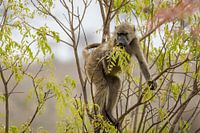 Baboon in Kruger National Parkantonvanbeek.nl
Baboon in Kruger National Parkantonvanbeek.nl Dodevlei_2, Sesriem, Namibiaantonvanbeek.nl
Dodevlei_2, Sesriem, Namibiaantonvanbeek.nl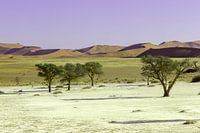 Dodevlei_3, Sesriem Namibieantonvanbeek.nl
Dodevlei_3, Sesriem Namibieantonvanbeek.nl Dodevlei_4, Sesriem, Namibiaantonvanbeek.nl
Dodevlei_4, Sesriem, Namibiaantonvanbeek.nl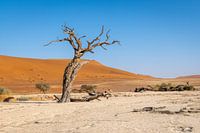 Dodevlei_5, Sesriem, Namibiaantonvanbeek.nl
Dodevlei_5, Sesriem, Namibiaantonvanbeek.nl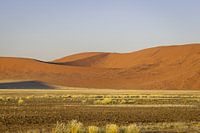 Dodevlei_6, Sesriem, Namibiaantonvanbeek.nl
Dodevlei_6, Sesriem, Namibiaantonvanbeek.nl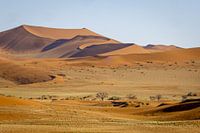 Dodevlei_7, Sesriem, Namibiaantonvanbeek.nl
Dodevlei_7, Sesriem, Namibiaantonvanbeek.nl Dodevlei_8, Sesriem, Namibiaantonvanbeek.nl
Dodevlei_8, Sesriem, Namibiaantonvanbeek.nl Dodevlei_10, Sesriem, Namibiaantonvanbeek.nl
Dodevlei_10, Sesriem, Namibiaantonvanbeek.nl Dodevlei_9, Sesriem, Namibiaantonvanbeek.nl
Dodevlei_9, Sesriem, Namibiaantonvanbeek.nl Kaffir buffalo with Ox-pecker on its head.antonvanbeek.nl
Kaffir buffalo with Ox-pecker on its head.antonvanbeek.nl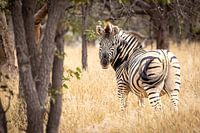 Zebraantonvanbeek.nl
Zebraantonvanbeek.nl Oryx, gemsbokantonvanbeek.nl
Oryx, gemsbokantonvanbeek.nl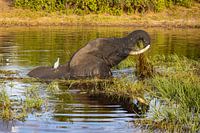 Elephant in the Chobi River, Botswanaantonvanbeek.nl
Elephant in the Chobi River, Botswanaantonvanbeek.nl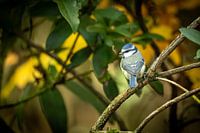 Blue titantonvanbeek.nl
Blue titantonvanbeek.nl Sparrowhawkantonvanbeek.nl
Sparrowhawkantonvanbeek.nl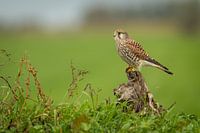 Kestrelantonvanbeek.nl
Kestrelantonvanbeek.nl
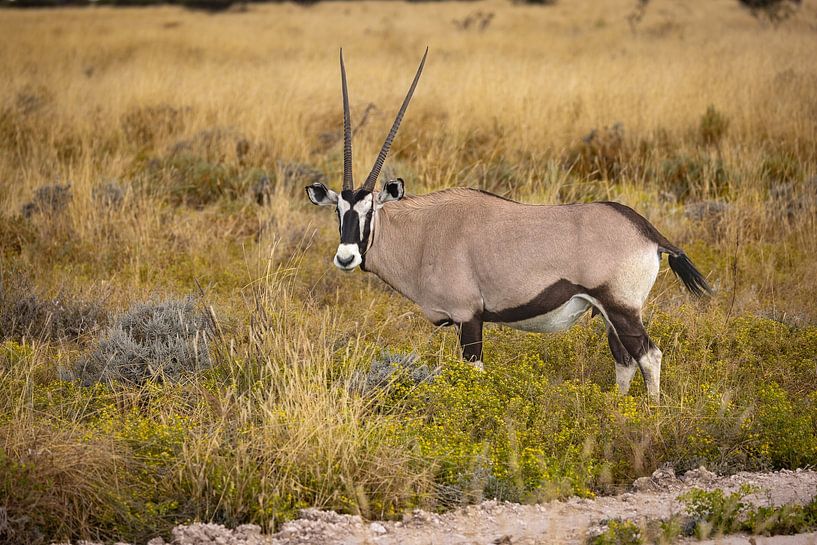












 Namibia
Namibia Photo wallpaper
Photo wallpaper Photography
Photography Powerful Expression
Powerful Expression Serene Peace
Serene Peace Wildlife photography
Wildlife photography









